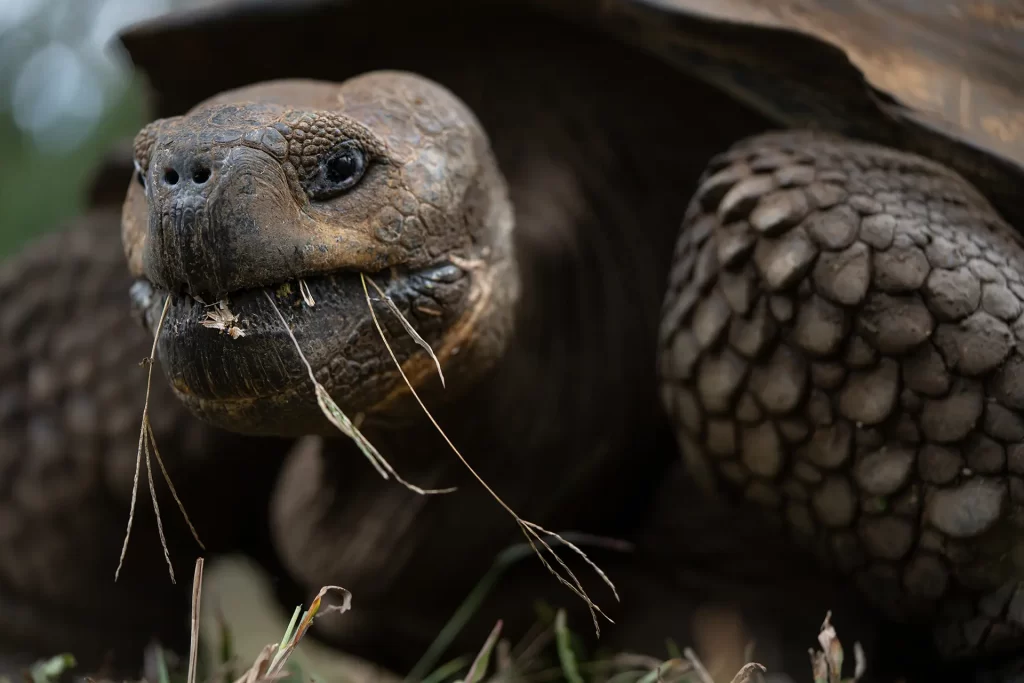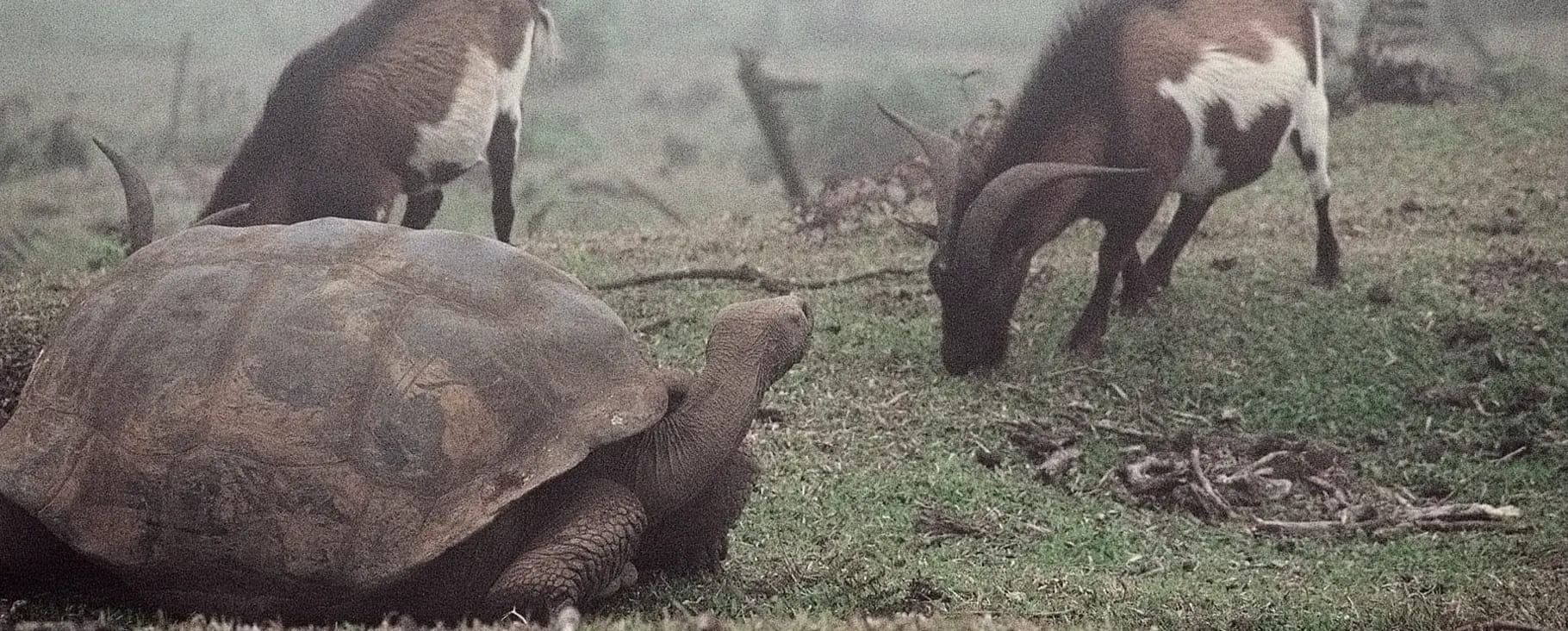This question has been discussed for centuries. Tortoises are a relatively new evolutionary radiation. They arrived in the archipelago, spread over its islands and volcanic craters only a few million years ago (in evolutionary terms a “wink in an eye”) and have been there ever since. They may not have matured into different species. On the other side, some populations separated by oceans for more than a million-years have evolved into quite different creatures.

©Galápagos Conservancy
Galapagos Conservancy funds this research, because the answer to the question will help us understand how best we can conserve the Galapagos giant tortoises. How can decision makers decide where to focus their conservation efforts on tortoises when they do not know what species is protected? Many biologists believe that if all tortoises belong to a single species then a few healthy populations in the archipelago are enough to “save the specie”. This is a belief held by many today, and one increasingly shared by the International Union for the Conservation of Nature. If, however, every tortoise on every island or volcano represents a distinct species, all of them should be protected, as the Galapagos National Park Directorate, and many conservationists, have long believed.
A team of international scientists published the preliminary results of their investigation in a recent publication. The title foreshadows the key finding, “Whole genome sequencing confirms multiple Galapagos species.” They sequenced the entire genomes of 38 tortoises, including some that were functionally extinct (using DNA from museum specimens). The team found that Galapagos tortoises could be classified into as few as 5 species or as many as 13, depending on how they analyzed the data.
The real picture, however, is much more complex than “one or many” species. Each island and volcano in Galapagos represents a distinct stage in the speciation process, with some taxa more advanced than others. Imagine, for instance, that an Espanola (small, flat and saddle-backed) tortoise and an Alcedo Volcano (large and round and migratory) tortoise have been separated for at least one million years, but are clearly two different species. Some species are still in the process, however, like the tortoises that are scattered over the large and small volcanoes on southern Isabela Island. They’re virtually identical in size, shape and behavior.
This study shows that Galapagos giant tortoises cannot be considered as a single species. To do so is harmful to conservation. This finding provides further foundation and justification for the Government of Ecuador to continue its efforts to protect and restore giant tortoises “islandby-island” and “volcano-by-volcano.” Such an approach aims to save the entire swath of diversity and evolutionary history represented in the giant tortoise dynasty of Galapagos, which together represent the highest concentration of tortoise diversity on Earth.



